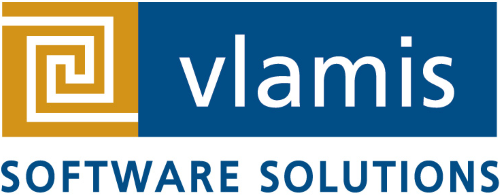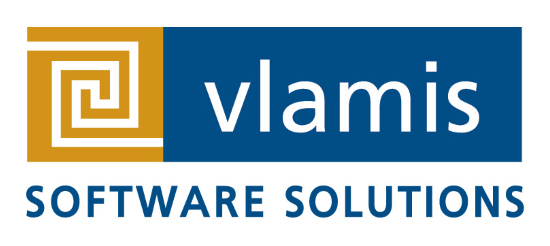March 2014 turned out to be a banner month for the team working on Oracle R Enterprise, Oracle R Distribution, and Oracle R Advanced Analytics for Hadoop. Link to Oracle R Technologies page
Last week Oracle R Enterprise 1.4 was released. This is an important release with key functionality for the analytics community, for Oracle database administrators, and for Enterprise CIOs. Something for everyone!
Data Scientists get ready to geek out
Perhaps the feature that is most interest to the professional R programming community is the support for R 3.01 (both open source R and Oracle’s newest Oracle R distribution). This means a *ton* of additional packages and newer package releases are available for use in embedded R processes on Oracle Database servers. The step up to R 3.01 is a major milestone. New in-data base algorithms include
- ore.odmNMF (Non-Negative Matrix Factorization algorithm),
- ore.odmOC (Oracle’s proprietary Orthogonal Partitioning Cluster algorithm),
- ore.odmAssocRules (apriori algorithm for building market basket analyses and sophisticated recommendation engines).
Additionally, ore.neural (neural nets), ore.glm (generalized linear regression model), ore.esm (exponential smoothing for time series analyses) all saw major extensions and upgraded capabilities along with new support for Principal Component Analysis, ANOVA, and factor analysis on database data sets.
To see the new blazing speeds for analytics, check out the Oracle R Distribution 3.01 Benchmarks.
Oracle DBAs Get to Specify Degree of Parallelism for ORE Functions
Traditional Open Source R was developed with single-threaded processes as the rule, so users just accepted long run times along with limits on data sets imposed by the amount of memory their machines had. Enterprise data sets and enterprise data demand faster processing and far larger dataspaces.
Enterprise CIOs See the Integrated Future of Designed Data Warehouses, NoSQL Big Data, and Multi-Tenant Solutions
Compromise, strategic tradeoffs, lock-in, and local optimizations have dominated the world of CIOs working to develop a coherent vision for their organizations regarding descriptive, predictive, and prescriptive analytics. The combination of Oracle’s R technologies with Oracle 12c Database, Oracle NoSQL 3.0, Oracle’s Engineered Systems, and Oracle’s Big Data strategy means that CIOs can confidently set forth a defined analytics path for their organizations without becoming hostage to a proprietary analytics culture and system. Oracle R Enterprise 1.4 enhances Oracle Database’s ability as a world-class high performance computing environment for advanced statistical functions and parallel processing within a secure and managed system.



